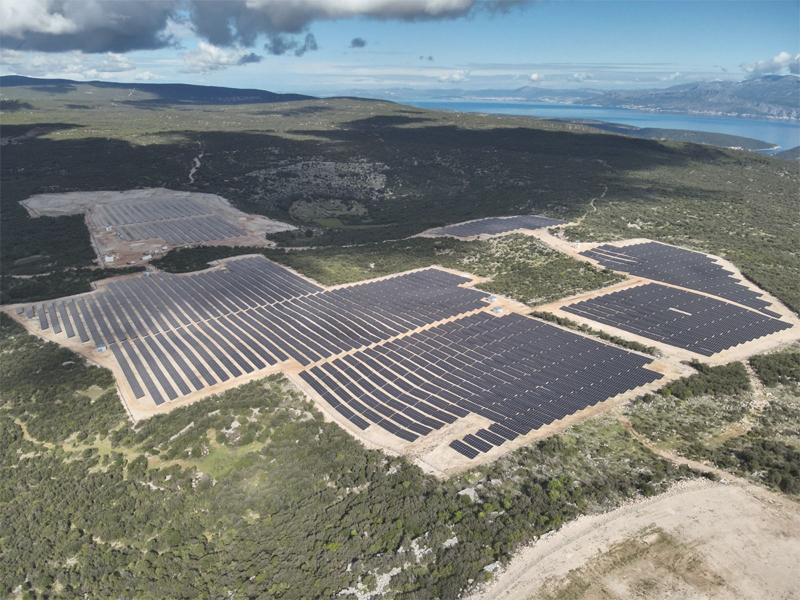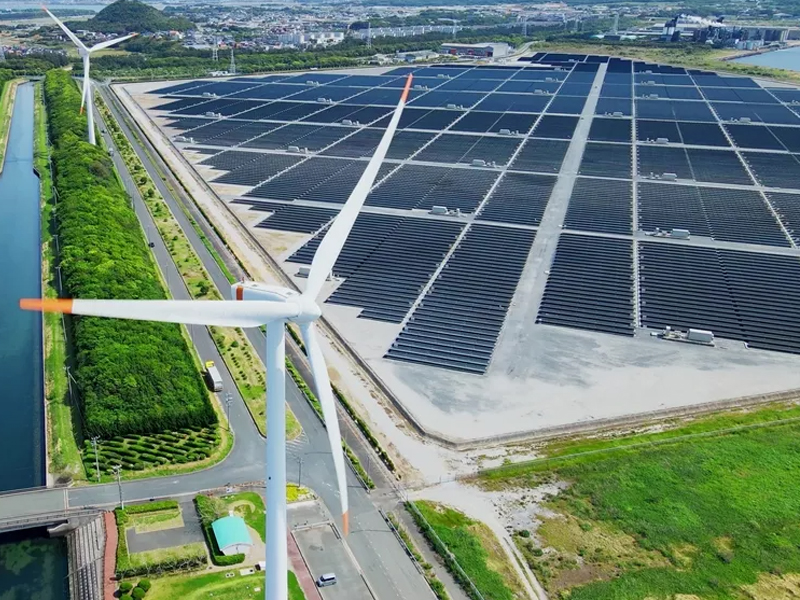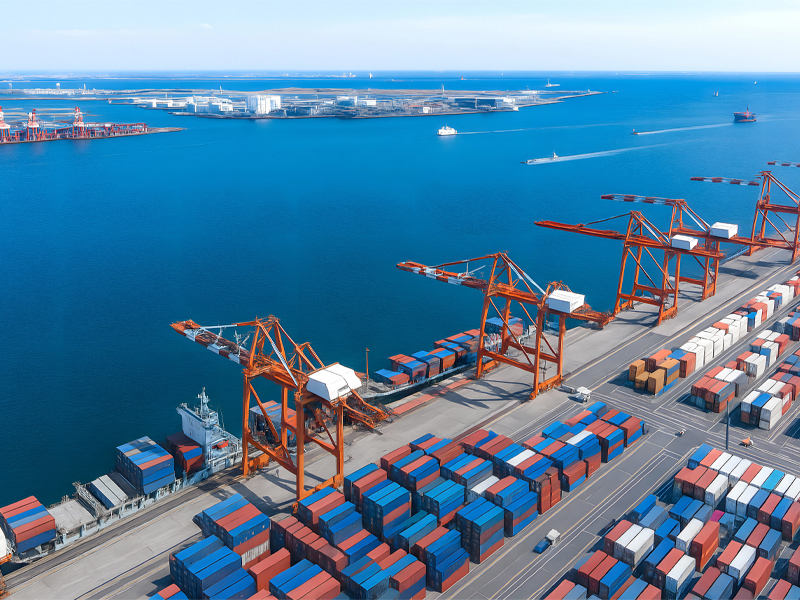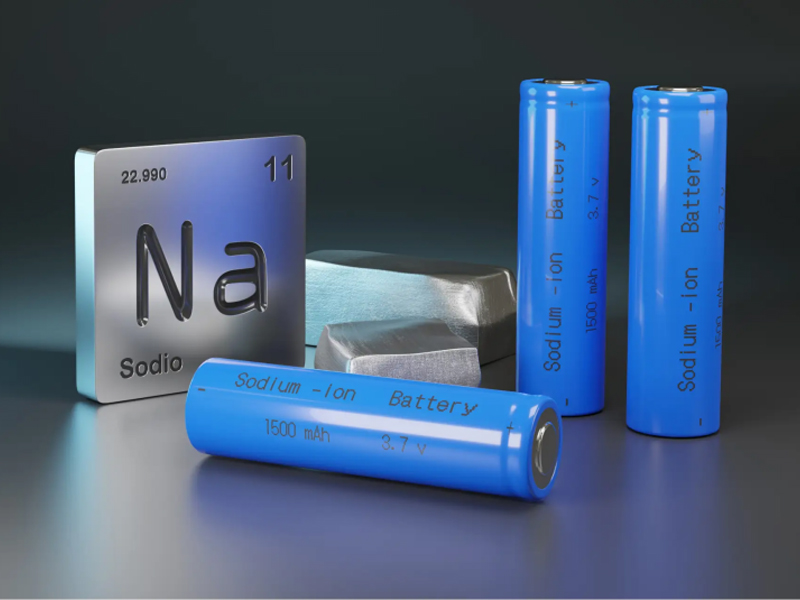Fire in Germany! Banned in France! Is the biggest obstacle to balcony solar storage a safety risk?
In recent years, balcony Solar Storage Systems have quickly become popular in the European market due to their "plug-and-play, low-cost, and low-carbon" characteristics. However, a fire accident in Lower Saxony, Germany in March 2025 and France's upcoming ban on plug-and-playsolar storage systems have pushed the safety risks in this field to the forefront.
On March 25, 2025, a solar storage system installed in a resident's home in Lower Saxony, Germany, caught fire. A neighbor discovered thick smoke and called the fire department, which controlled the fire within two hours.
According to information provided by the homeowner, the solar storage system includes a 1.78kW balcony photovoltaic system and a 2.4kWh lithium iron phosphate energy storage system, which was installed and put into operation two weeks before the accident. The Energy Storage system that caught fire this time was a 2.4kWh solar storage product Zendure AIO-2400 under the "Zendure" brand of Guangzhou Jianghai Technology Co., Ltd., an energy storage company in Guangzhou. At present, Zendure has launched an internal investigation.
According to the local volunteer fire brigade, the fire damaged the house's heating system and severely damaged the ancillary buildings, and the owner had to temporarily move to the holiday home. As for the exact cause of the fire, it is still unclear.
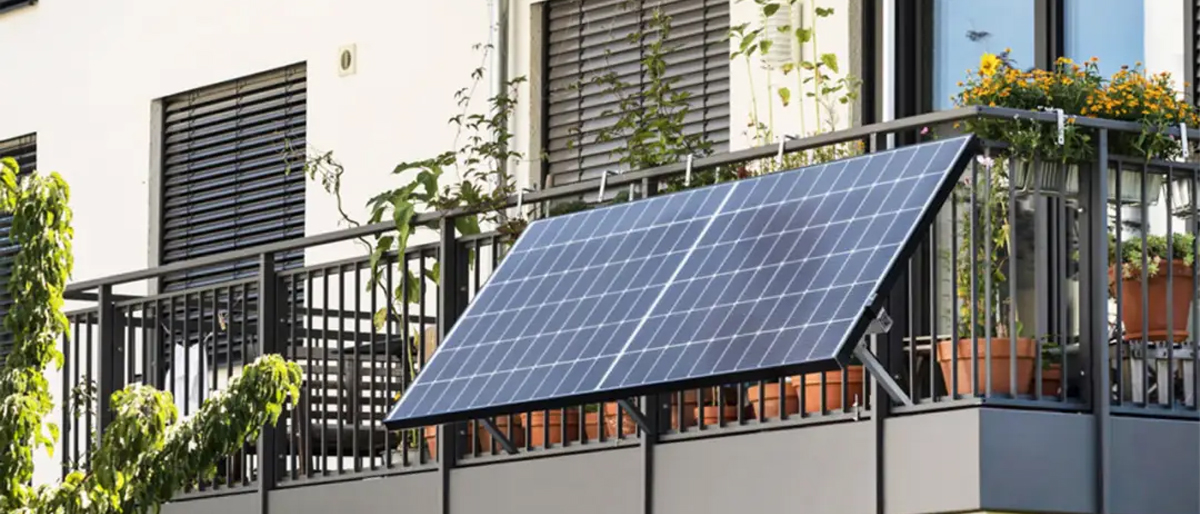
The more accurate name for "balcony photovoltaic storage" should be "plug-and-play photovoltaic storage" or "DIY photovoltaic storage", which is a micro photovoltaic storage system formed by household energy storage, balcony photovoltaics, and micro-inverters.
Compared with traditional household energy storage and household photovoltaics, the biggest advantage of the balcony photovoltaic storage system is that it is more convenient to install, without cumbersome steps and high labor costs, "plug and play", very convenient.
Interestingly, although the name contains "balcony", according to the balcony photovoltaic market report recently released by the European Photovoltaic Association, less than 30% of users will actually install such systems on the balcony, and more are installed on flat roofs or yards.
In recent years, with the acceleration of Europe's energy transformation, balcony photovoltaic storage systems have rapidly risen due to their "plug-and-play, low-cost, and low-carbon" characteristics.
Taking Germany as an example, as the largest market for balcony photovoltaics in Europe, Germany registered a total of 435,000 balcony photovoltaics in 2024, with an installed capacity of approximately 426 MW, and the annual installation volume exceeded the total of previous years. By the end of 2024, the cumulative number of registered installations of balcony photovoltaics in Germany has exceeded 780,000, with a cumulative capacity of more than 700MW. The average installed capacity per household has also increased from 800 W in 2023 to nearly 1 kW in 2024.
The continued warming of balcony photovoltaics in the German market has driven the explosive growth of the installation volume of supporting energy Storage Batteries.
Data shows that in 2024, the number of energy storage batteries installed simultaneously with plug-in Photovoltaic Systems in Germany is about 220,000, a year-on-year increase of 97% from 2023. Research institutions predict that this number will exceed 300,000 sets in 2025, of which 90% will be installed simultaneously with photovoltaic systems.
According to the latest joint research by Germany's EUPD Research and plug-in photovoltaic storage system manufacturer Anker: A 2kW plug-in balcony photovoltaic system with a 2kWh energy storage battery can reduce the grid electricity cost by 64%, and the investment payback period is only 4 years.
At present, many European countries are promoting the development of the balcony photovoltaic storage market by simplifying the installation process and policy incentives. For example, Germany passed the "Legal Amendment" in July 2024, which clearly listed balcony photovoltaic systems as "privileged measures", prohibiting landlords from obstructing installation without reason, and raising the power limit for approval-free to 800W. Austria, Belgium and other countries are also following suit.
However, the recent fire in Lower Saxony, Germany, has once again brought the safety risk of balcony photovoltaic storage systems to the forefront.
According to previous cases and industry analysis, the main causes of balcony photovoltaic storage system fires are as follows:
1. Technical defects DC Arc: Aging of photovoltaic module lines or loose connections cause local high temperatures, and continuous power generation causes the fire to rekindle. Battery thermal runaway: NMC batteries trigger chain chemical reactions due to overcharging or manufacturing defects, releasing toxic gases such as hydrogen (H₂) and hydrogen fluoride (HF).
2. Equipment problems Inferior components: Some manufacturers use inventory cells and reduce the current carrying capacity of cables to reduce costs, causing equipment overheating or short circuits. BMS failure: The battery management system fails to isolate the faulty unit, exacerbating the spread of thermal runaway (such as the E3/DC system case).
3. Operation and maintenance management loopholes Combustible accumulation: Dry vegetation or bird droppings around photovoltaic panels are not cleaned regularly, exacerbating the risk of hot spot effect. Improper fire-fighting strategies: Blindly opening the cabin to extinguish the fire or relying on traditional gas fire-extinguishing agents (such as heptafluoropropane) cannot prevent the re-ignition of lithium batteries.
Back to the fire accident in Germany, although the exact cause of the fire is still unclear, it also exposed two core problems: On the one hand, there are hidden dangers of technical defects. It is understood that the 2.4kWh photovoltaic storage product Zendure AIO-2400 that caught fire in this accident uses lithium iron phosphate (LFP) batteries. Judging from global reports on battery fires, nickel manganese cobalt (NMC) cathode batteries are usually involved, and LFP equipment is generally considered to be more fire-resistant and safer. But in fact, even lithium iron phosphate batteries are difficult to prevent thermal runaway caused by DC arc risks and battery management system (BMS) faults. According to data, there was also a case of LFP battery explosion and residential building collapse in Germany in October 2023, indicating that technical standards need to be improved urgently. On the other hand, there are installation and operation and maintenance loopholes. According to reports, the system involved caught fire only two weeks after it was put into operation, which may be related to improper installation (such as loose lines) or lax product quality control. The German fire department pointed out that if the balcony solar storage system is not connected through a professional circuit, it is easy to cause a fire due to the failure of overcurrent protection.
It is worth noting that France has previously issued a ban, announcing that the new version of NF C15-100 residential low-voltage electrical regulations will be enforced from August 2025, and plug-and-play photovoltaic systems are completely prohibited from being directly connected to the home circuit through ordinary sockets. They must be connected to the home circuit through a dedicated circuit with a circuit breaker installed.
The deep motivation for this ban in France is, on the one hand, to avoid electrical safety risks: when the plug-and-play system is connected to the grid through a socket, the insulation may age or short-circuit due to line overload, and ordinary sockets lack circuit breaker protection, and cannot cut off the fault current in time, which is very likely to cause a fire.
On the other hand, it may be due to concerns about the stability of the power grid. French regulators believe that the disorderly access of large-scale plug-and-play devices may aggravate power grid fluctuations. This is consistent with the starting point of Belgium's restriction policy, both pointing to the lack of distributed energy grid connection standards.
The implementation of this new regulation means:
1. Plug-and-play photovoltaics can no longer be directly plugged into standard sockets;
2. The installation of these plug-in photovoltaic kits may require professionals;
3. The installation cost may increase significantly. It is understood that some channels and installers in the French market have also provided corresponding solutions to the new regulations, such as not connecting the plug-in photovoltaics directly to the socket, but connecting them to the circuits of air conditioners, heat pumps, swimming pool pumps, etc. with built-in protection switches.
The balance between safety and convenience has become the key to industry breakthroughs
On one hand, the market is enthusiastically pursuing green and convenient energy, and on the other hand, technology and policy are prudently competing for safety. The balance between safety and convenience is becoming the key to the breakthrough of the balcony photovoltaic storage industry.
In terms of technological innovation, China, as the core of the global photovoltaic storage industry chain, has taken the lead in the field of balcony photovoltaic storage. According to Hezi, in response to the safety issues of balcony photovoltaic storage systems, Chinese photovoltaic storage companies are accelerating the technological "breakthrough".
For example, the EZHI micro-inverter of APEC Energy has built-in Wi-Fi and Bluetooth modules, which can monitor the system status in real time and shut down remotely to reduce the risk of arcing; the SUN-BK series of Deye Co., Ltd. supports off-grid mode and direct connection with energy storage batteries to reduce dependence on the main power grid; Daheng Energy's SolarUnit system integrates components and inverters, simplifies the installation process, and improves safety through pre-installed circuit breakers...
In the battery link, the improvement of the packaging process of energy storage batteries, the application of fire-retardant coatings, and the optimization of BMS algorithms have become the focus of technical competition among manufacturers.
In addition to technological innovation, the key is to establish a global unified safety standard for balcony photovoltaic storage (plug-in photovoltaic storage system) as soon as possible.
At present, except for Germany, most countries around the world, including China, are still taking a wait-and-see attitude towards the emerging field of balcony photovoltaic storage. Taking China as an example, balcony photovoltaics are still a gray area with no policies and no supervision in the field of household photovoltaics, lacking clear policy guidance and regulatory framework. This situation has caused most downstream channel dealers to be hesitant in sales and promotion.
However, the booming balcony photovoltaic storage market in Germany proves the multi-party benefits and huge development potential of this market.
Looking to the future, by building a sound policy system and regulatory framework, and even establishing an international certification system covering battery safety, circuit protection and grid-connected specifications, it will effectively promote the widespread application and popularization of balcony photovoltaic storage systems (plug-in photovoltaic storage systems) around the world.






